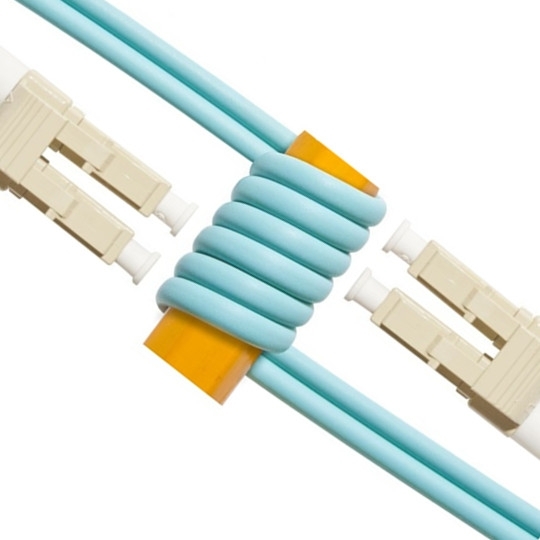- Related articles
- What is Mini GBIC?
- All Cisco GBIC-BX-U's information (Specs, Datasheet PDF, Compatibility matrix)
- The Difference between having a 2-port Network Card and 2 Network Cards
- Optical Transceivers for Cisco N3K-C3048-FA-L3 Switch
- What Is Intelligent Network Interface Card?
- Optical Transceivers for Cisco WS-C3650-24PD-E Switch
- All Cisco MGBLH1's information (List price, Specs, Datasheet PDF, Compatibility matrix)
- Optical Transceivers for Cisco WS-C2960-24TT-L Switch
- Optical Transceivers for Cisco SG550XG-48T-K9-EU Switch
- All Cisco SFP-10G-LR-S's information (List price, Specs, Datasheet PDF, Compatibility matr

Laying more fiber optic cables is an acceptable solution to meet the increasing needs for higher bandwidth. However, in some situations, this solution is not economical and flexible for many service providers and enterprise who are limited by costs and time. Thus, WDM technologies, allowing more bandwidth over a single fiber optic cable, are widely used in today’s network.
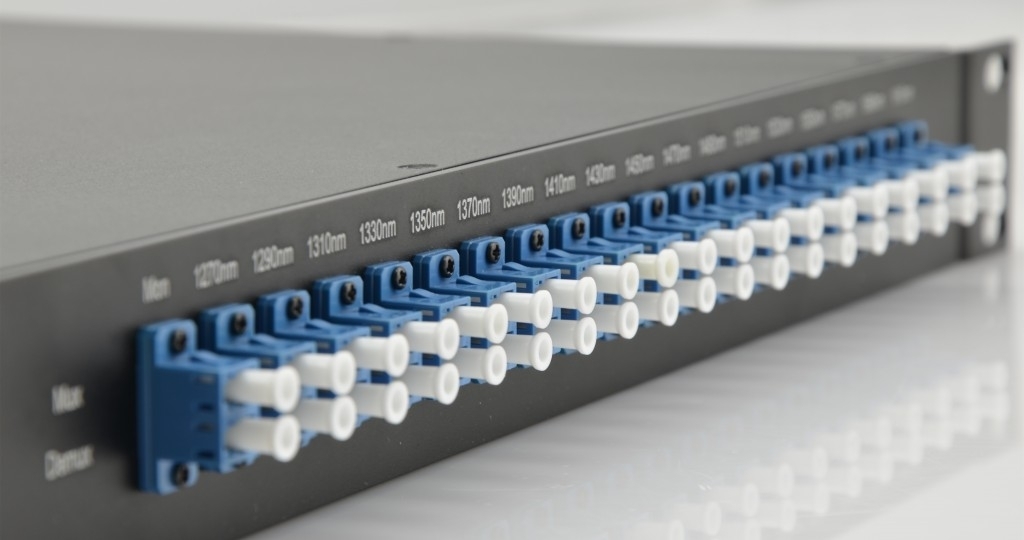
Cost Effectively Expand Network With CWDM Mux/Demux
CWDM network as a cost-effective and easy-to-deploy solution, has attracted the attentions of many service providers and corporations. Although, CWDM network is not as perfect as DWDM network in data capacity, it can still satisfy a variety of applications in fiber optic networks by increasing the channel spacing between wavelengths on the fiber. In addition, CWDM allows any protocol to be transported over the link, as long as it is at the specific wavelength.
The capacity of a CWDM network is largely relayed on a passive component—CWDM Mux/Demux. Theoretically, the more channels a CWDM Mux/Demux provides, the larger capacity of a CWDM network could have. The channel numbers of most CWDM Mux/Demuxs provided in the market are ranging from 2 to 16 according to different requirements. The most commonly used CWDM Mux/Demuxs use standard rack design, LGX box design or pigtailed ABS module design.
LGX CWDM Mux/Demux
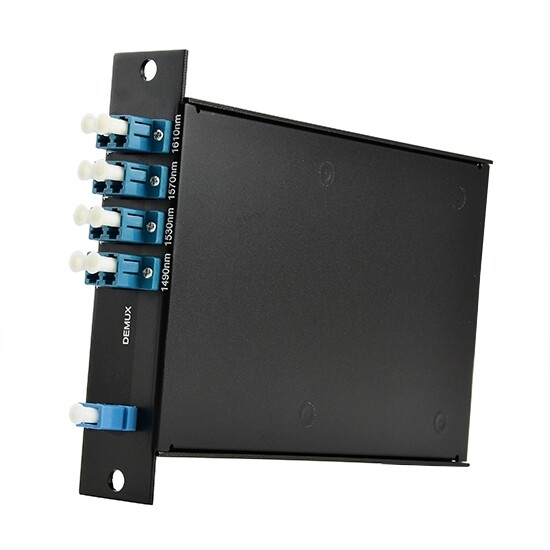
Rack CWDM Mux/Demux
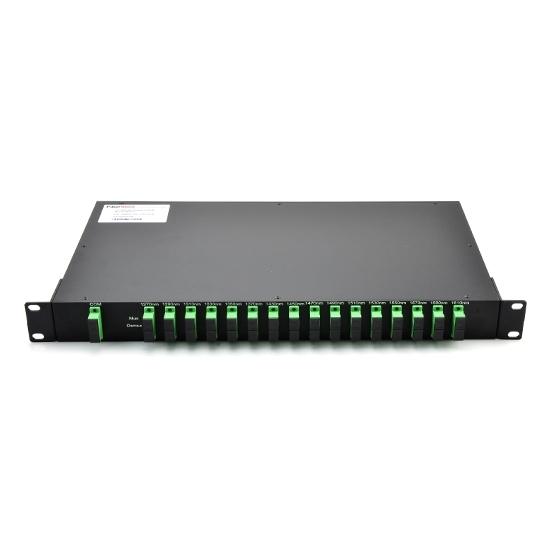
Pigtail CWDM Mux/Demux
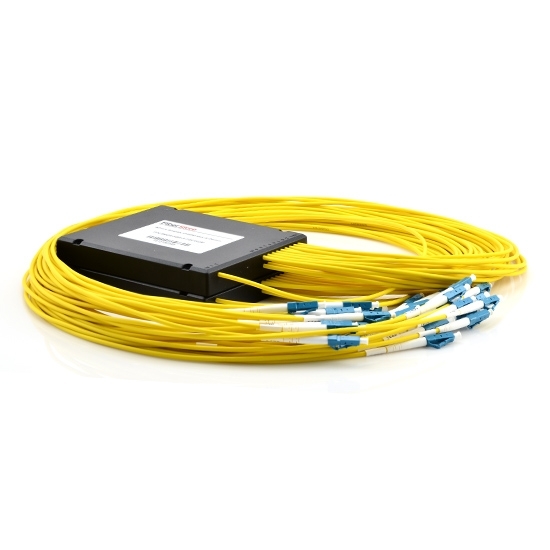
Whole Band 18-CH CWDM Mux/Demux
Driven by the increasing needs for higher network capacity and future proofing of network infrastructure, a CWDM Mux/Demux with 18 channels has been introduced. A 18-channel CWDM Mux/Demux utilizing all of the 18 CWDM wavelengths defined by standards, which can combine up to 18 different wavelength signals from different optical fibers into a single optical fiber, or separates up to 18 different wavelength signals coming from a single optical fiber to separate optical fibers. The 18-CH CWDM Mux/Demux provided by cozlink.com is equipped with a monitor port, for better CWDM network management. The following picture shows a 18-channel CWDM Mux/Demux in standard 1 U rack.

18-CH CWDM Mux/Demux 10G Cabling Guide
To build a 10G CWDM network with Mux/Demux is relatively lower cost and higher efficiency compare with other methods, especially for optical transmission in long distances. The steps to build a 10G CWDM network is very simple and the components are affordable for most companies. For 10G CWDM network, the basic required components are 10G switches, CWDM Mux/Demux, 10G CWDM SFP+ transceivers (or 10G CWDM XFP, if the switch is with XFP interfaces) and fiber patch cables. To guarantee correct and error free system setup, the most important and complex step in 10G CWDM network cabling is plugging in the patch cables from the correct wavelength SFP+ (or XFP) to the correct port on each end of the link.
The following picture shows the basic infrastructure of a CWDM network that uses 18-CH CWDM Mux/Demux for long distance transmission. A 18-CH CWDM Mux/Demux is deployed on each end of the existing fiber optic cable to separate or multiplex the 18 wavelengths of signals. Signals transmitting over a specific wavelength are transmitted to the switch via a length of fiber patch cable which is connected to the CWDM Mux/Demux on one end and a same wavelength SFP+ transceiver on the other end. The SFP+ transceiver is firstly installed in the switch SFP+ port for transition between optical signal and electrical signal.
18-CH CWDM Mux/Demux 10G Cabling Product Solutions
Selecting the right products for 10G CWDM network, cannot only enjoy the best network performance, but also cut the cost effectively. Here offers a full series of product solutions for 18-CH CWDM Mux/Demux 10G cabling.
Enjoy High Performance Network With Right Patch Cords
The quality and performance of the fiber patch cables for 10G CWDM network are essential. Except standard fiber patch cables, there are different fiber patch cables that can meet a variety of cabling applications. Customers can choose what they need accordingly.
Bend Insensitive Patch Cords for Lower Signal Loss
Uniboot Patch Cords for Higher Duplex Cabling Density
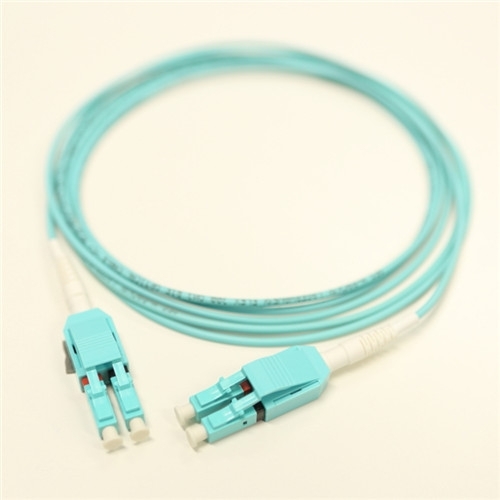
Push-Pull Patch Cords for Easier Finger Access
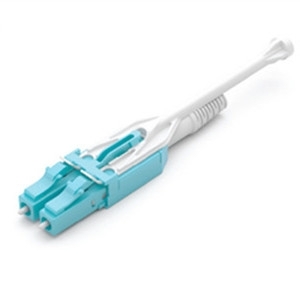
Cut Cost Effectively With Reliable and Affordable CWDM SFP+ Transceivers
During the selection of the 10G CWDM SFP+ transceivers, the compatibility should be considered. For example, if you are using a Cisco switch, the CWDM SFP+ should be compatible with this Cisco switch. However, an original brand CWDM SFP+ fiber optic transceiver is usually very expensive to many companies. For instance, an original brand Cisco CWDM SFP+ transceiver that supports 80km transmission distance is priced around 10000 USD. Luckily, there is another choice—Cisco compatible CWDM SFP+ transceivers which are much cheaper than the original branded ones.
The price of Cisco compatible CWDM SFP+ provided by cozlink.com has been cut more than half compared with the original one. In addition, their performances are ensured by a series of tests for its compatibility and quality. Here listed the generic CWDM SFP+ transceivers for 18-CH CWDM Mux/Demux.
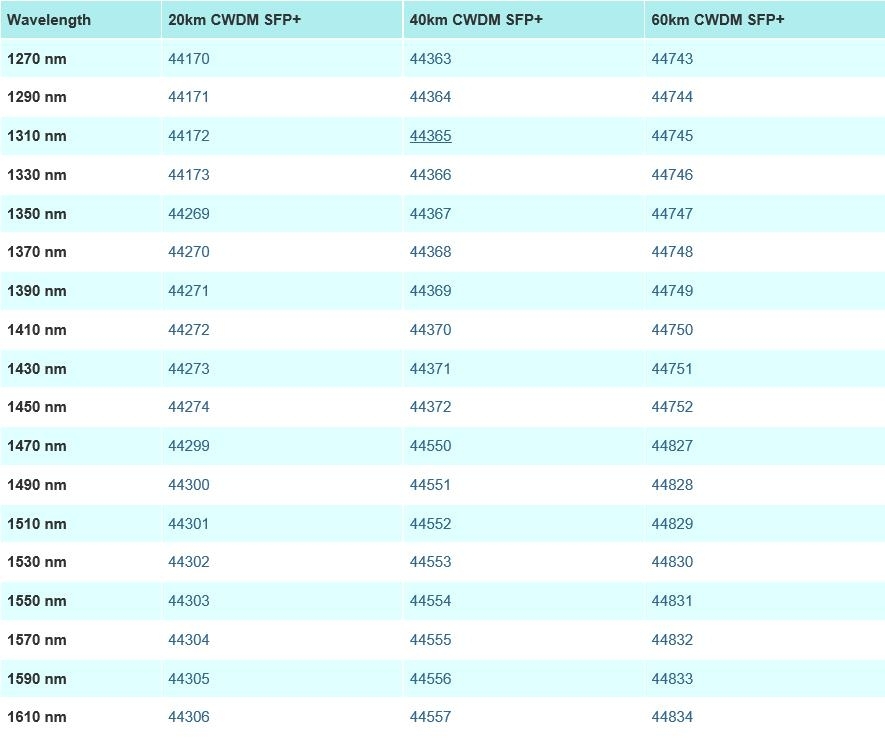
Kindly visit cozlink.com for more details about 18-CH CWDM Mux/Demux and its cabling solutions.
16/18 Channel Mux/Demux Specific Optical Specs:
- Channel Wavelength:1270nm ~1610nm
- Center wavelength Accuracy:±0.5 nm
- Channel Spacing:20 nm
- Channel Passband(@-0.5dB bandwidth:>13 nm
- Insertion Loss:≤3.5 dB
- Channel Uniformity:≤1.5 dB
- Channel Ripple:0.3dB
- Isolation Adjacent:>30dB(Demux)
- Isolation Non-adjacent:>40dB(Demux)
How to Remain With CWDM and Get the Benefits of DWDM Network!













































